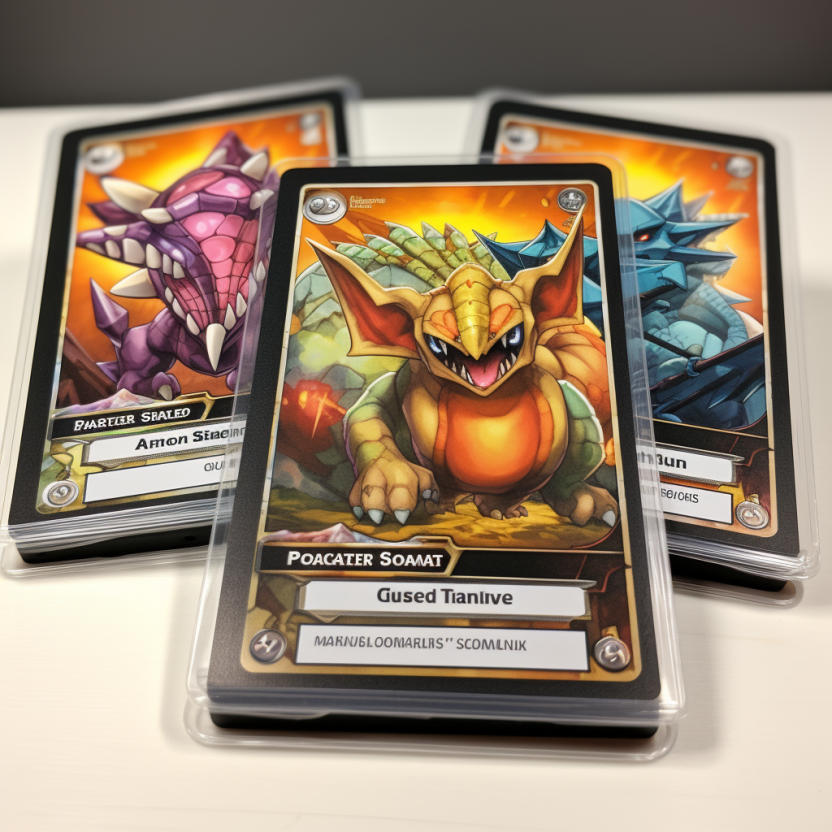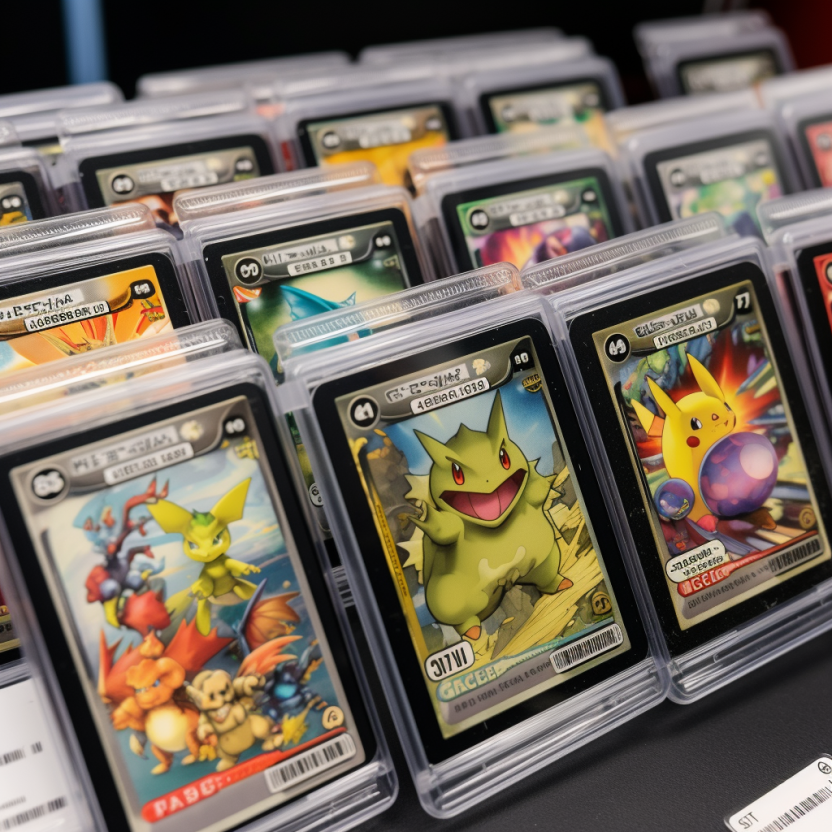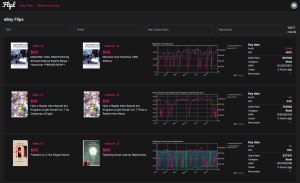As Pokemon card collectors, we all know the value and desirability of a card is greatly determined by its condition. When checking out Pokemon cards on eBay, you must keep in mind several factors that affect card quality, including its centering, corners, edges, and surface. Let’s delve deeper into these factors and how they influence a card’s condition.
Centering
Centering refers to the alignment of the image within the card borders. If a card is well-centered, the borders will be equal on all sides. On the other hand, an off-center image can disrupt the overall appearance of the card, reducing its value.
Corners
The corners of a card play a vital role in determining its condition. Ideally, the corners should be sharp, devoid of any visible wear, creases, or bends. Cards featuring rounded or dented corners are generally less valuable than those with sharp corners.
Edges
The edges of a card are equally important. Over time, edges can get worn out or damaged. Cards with smooth, clean edges usually have a higher value than those with rough or damaged edges. Beware of edge chipping, where tiny pieces of the card’s edge have chipped off, as it can adversely affect a card’s value.
Surface
The surface of a card includes the front and back of the card and any scratches, creases, or smudges. Cards with clean, unblemished surfaces are typically more valuable than those with visible damage.
When assessing the condition of a Pokemon card on eBay, it’s crucial to examine the seller’s provided photos carefully, paying close attention to the factors mentioned above. Don’t hesitate to ask the seller for additional photos or information if you have any doubts about the card’s condition.
Professional Grading Services
Besides evaluating the card’s condition, you can use professional grading services like PSA (Professional Sports Authenticator) or BGS (Beckett Grading Services) for a more objective evaluation. These services assign a grade to a card based on its condition using a standardized system. The grading process examines the card’s centering, corners, edges, and surface, along with other factors like printing defects or previous owners’ damages.
Tips for Evaluating Pokemon Cards on eBay
If you’re not using professional grading services, it’s essential to know how to evaluate the condition and authenticity of Pokemon cards on eBay. Here are some tips:
- Familiarize yourself with common condition issues like bent corners, edge wear, surface scratches, and off-centering.
- Examine the seller’s images and descriptions closely. High-quality images showing the front and back of the card can help identify condition issues.
- Don’t hesitate to ask for additional images or information from the seller.
- Check the seller’s reputation and feedback on eBay. Sellers with high reputations and positive feedback are more likely to accurately represent their cards’ condition and authenticity.
Authenticity Checks
When it comes to verifying the authenticity of Pokemon cards on eBay, here are a few steps you can take:
- Check the seller’s images for signs of counterfeit cards like blurry images, incorrect fonts or colors, or wrong logos.
- Research the specific card you’re interested in to understand its authentic features.
- Be wary of suspiciously low prices or deals that seem too good to be true.
- Consider using third-party authentication services to verify the authenticity of your Pokemon cards.
Avoid Common Mistakes
Common mistakes buyers make when assessing Pokemon cards on eBay include overlooking condition issues, relying solely on the seller’s descriptions, and not researching the specific card or seller. To avoid these, take your time to evaluate cards, request additional information when necessary, and conduct thorough research before purchasing.
The Art of Negotiation
When making offers or negotiating prices on eBay, the condition and grading of the Pokemon card should be your primary considerations. Understanding the grading systems used by professional services like PSA and BGS can also help you make more informed decisions.
Building a Collection
When building your Pokemon card collection, focus on obtaining cards in excellent condition and with high grades. Rare or high-demand cards are also more likely to appreciate over time.
Protecting Your Cards
To protect your Pokemon cards during shipping and storage, use protective sleeves and top loaders and store them in a cool, dry place. Be aware of the different types of damage that can occur over time, such as fading, discoloration, and edge wear, and take preventive measures to avoid them.
Further Reading: How to Sell Pokemon Cards on eBay









